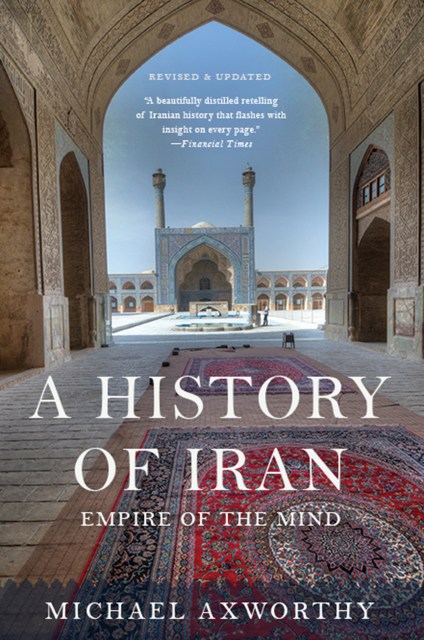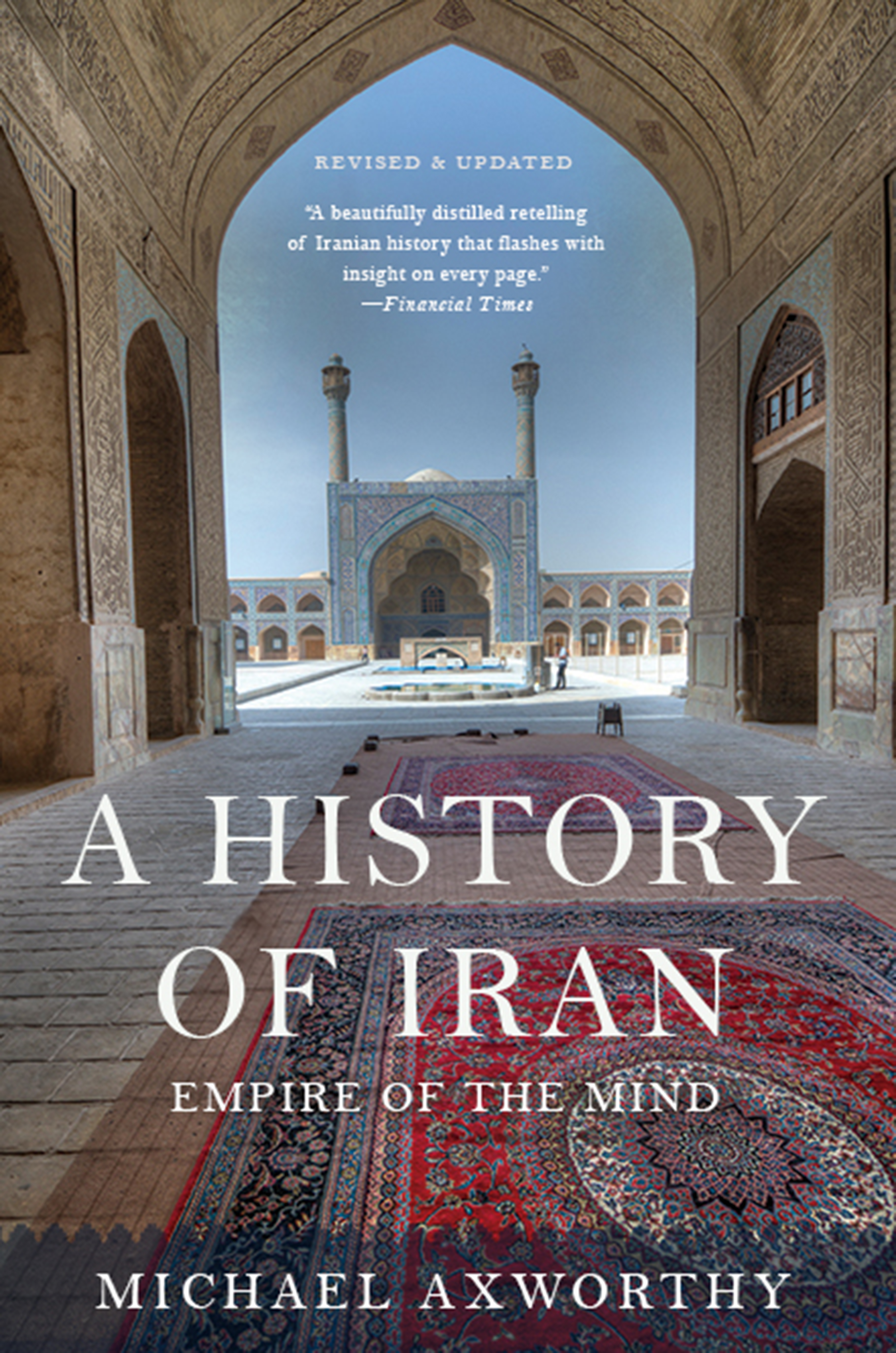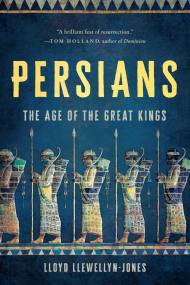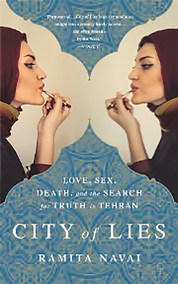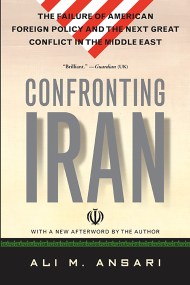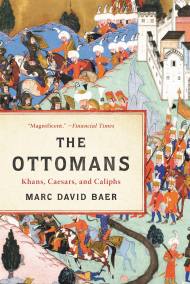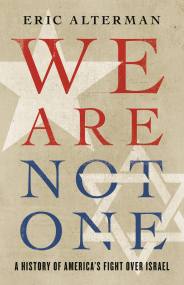Promotion
Use code MOM24 for 20% off site wide + free shipping over $45
A History of Iran
Empire of the Mind
Contributors
Formats and Prices
Price
$13.99Price
$17.99 CADFormat
Format:
- ebook $13.99 $17.99 CAD
- Trade Paperback $19.99 $24.99 CAD
This item is a preorder. Your payment method will be charged immediately, and the product is expected to ship on or around May 24, 2016. This date is subject to change due to shipping delays beyond our control.
Also available from:
Iran is a land of contradictions. It is an Islamic republic, but one in which only 1.4 percent of the population attend Friday prayers. Iran's religious culture encompasses the most censorious and dogmatic Shi'a Muslim clerics in the world, yet its poetry insistently dwells on the joys of life: wine, beauty, sex. Iranian women are subject to one of the most restrictive dress codes in the Islamic world, but make up nearly 60 percent of the student population of the nation's universities.
In A History of Iran, acclaimed historian Michael Axworthy chronicles the rich history of this complex nation from the Achaemenid Empire of sixth century BC to the revolution of 1979 to today, including a close look at Iran's ongoing attempts to become a nuclear power. A History of Iran offers general readers an essential guide to understanding this volatile nation, which is once again at the center of the world's attention.
Genre:
- On Sale
- May 24, 2016
- Page Count
- 384 pages
- Publisher
- Basic Books
- ISBN-13
- 9780465098774
Newsletter Signup
By clicking ‘Sign Up,’ I acknowledge that I have read and agree to Hachette Book Group’s Privacy Policy and Terms of Use
